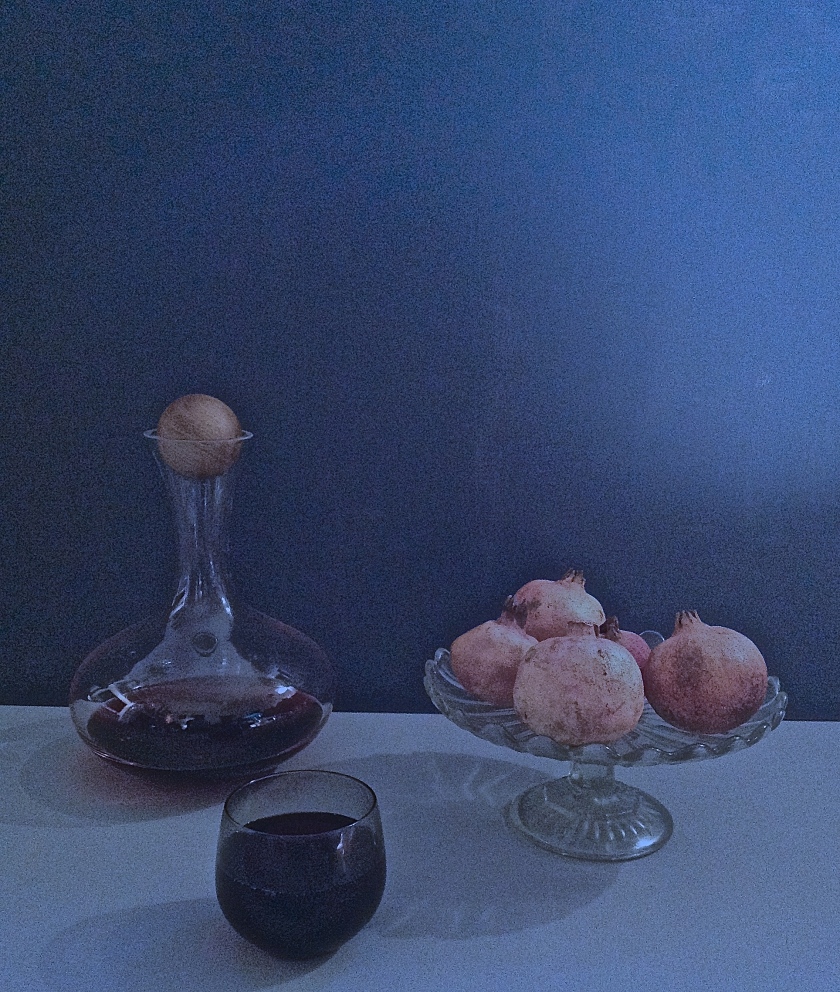At University, we were told in no uncertain terms not to read Gombrich’s Story of Art. It represented a very particular canon of western, male-dominated, white art history whose mythology is perpetuated by reading such narrow texts. I support the attitude of destabilising the norm, and crushing mythology, but there comes a time when a girl needs to know a few hard facts. Recently I started to read Gombrich’s A Little History of the World, somewhat guiltily, given the Gombrich-ban. Written for children, it is pitched perfectly for my level; with my inexplicable imperviousness for dates, place names or wars. I am learning a lot. I have learned that Mesopotamia was really quite crucial, and that the Egyptians were supremely talented. I also learned that depicting still life scenes emerged way before the westerners started in in the 16th century, when it was considered low brow and inferior to history paintings. If I understand it, positioning fruit, flowers, plates and inanimate objects in a scene and depicting them, sometimes with allegorical symbolism, was invented in the pyramids by the ancient Egyptians and then taken up in the west much later, before being derided because it didn’t tell the story of history. Maybe the Flemish should have thought about this properly and done some big history paintings of Greeks and Romans arranging pomegranates and ribbons on cake stands. Something to think about while you sit and admire your contemporary take on a historical still life in your living room.*
*don’t consider this too much – I never read The Story of Art


